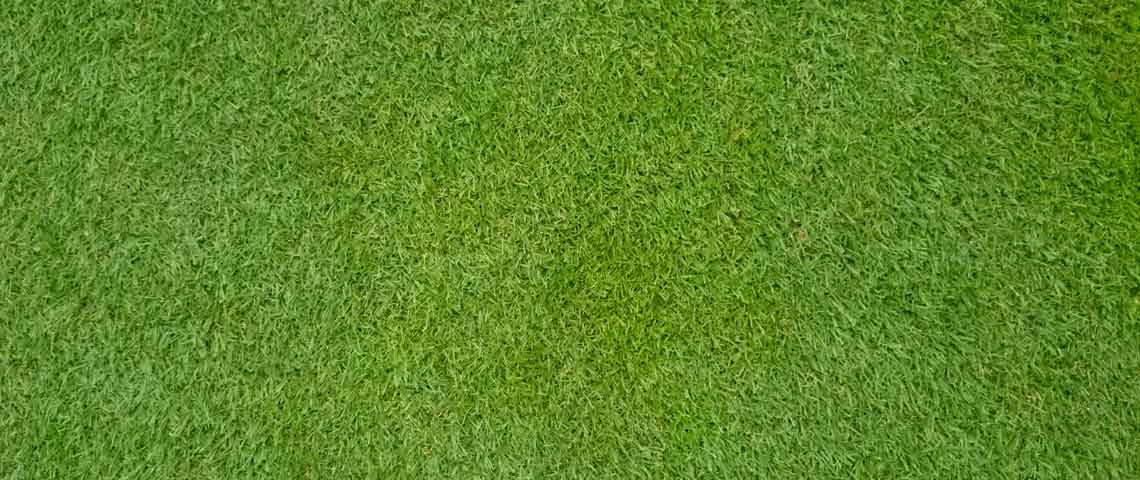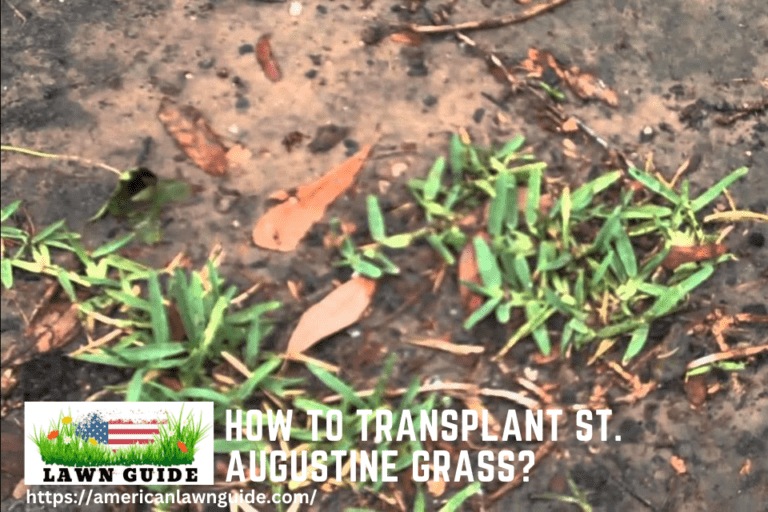Plant Bermuda grass seed at a depth of 1/8 to 1/4 inch. Ensure proper soil contact for optimal growth.
Bermuda grass is a popular choice for lawns due to its durability and lush appearance. Planting Bermuda grass seed correctly is crucial for successful germination and growth. Seeds should be placed at a shallow depth of 1/8 to 1/4 inch.
This ensures they remain in contact with the soil while still getting the sunlight needed for germination. Proper planting depth helps the seeds establish roots quickly. A well-prepared soil bed and adequate watering further enhance the chances of a thriving Bermuda grass lawn. By following these guidelines, you can achieve a healthy, green lawn that stands up to heavy use and harsh conditions.

The Basics of Bermuda Grass
Bermuda grass is a popular choice for lawns. It is known for its resilience and lush green appearance. This grass thrives in warm climates and is highly drought-tolerant. Learning the basics of Bermuda grass helps you maintain a beautiful lawn.
Ideal Conditions
Bermuda grass prefers full sunlight. It grows best in temperatures between 75°F and 95°F (24°C – 35°C). This grass type requires well-drained soil. Sandy loam soil is ideal. Ensure the soil pH is between 5.8 and 7.0.
Water Bermuda grass deeply but infrequently. This encourages deeper root growth. Mow the grass to a height of 1 to 2 inches (2.5 – 5 cm). This keeps it healthy and prevents weeds.
Benefits For Your Lawn
Bermuda grass offers several benefits:
- Durability: It withstands heavy foot traffic.
- Drought Tolerance: Needs less water once established.
- Low Maintenance: Requires minimal fertilization.
- Weed Control: Its dense growth chokes out weeds.
These benefits make Bermuda grass an excellent choice for a vibrant lawn. Understanding how deep to plant Bermuda grass seed ensures optimal growth and coverage.
Preparing Your Soil
Preparing your soil is crucial for planting Bermuda grass seed. This ensures the grass grows strong and healthy. Follow these steps for the best results.
Testing Soil Quality
Before planting, it’s important to test your soil quality. Use a soil test kit to measure pH levels, nutrients, and other factors. You can buy these kits online or at garden stores.
| Soil Test Factor | Ideal Range for Bermuda Grass |
|---|---|
| pH Level | 5.8 – 7.0 |
| Nitrogen (N) | High |
| Phosphorus (P) | Medium |
| Potassium (K) | High |
Adjusting Soil Composition
If your soil test reveals issues, you must adjust soil composition. Here are steps to improve your soil:
- Low pH: Add lime to raise pH levels.
- High pH: Add sulfur to lower pH levels.
- Low Nutrients: Use a balanced fertilizer rich in nitrogen.
Ensure the soil is well-drained. Bermuda grass thrives in well-drained soil. Remove rocks and debris from the planting area. This helps the grass roots grow freely.
Planting Depth For Bermuda Grass Seed
Understanding the planting depth for Bermuda grass seed is essential. Proper depth ensures healthy growth and a lush lawn. Let’s explore the ideal depth and common mistakes to avoid.
Optimal Depth Explained
The optimal depth for planting Bermuda grass seed is 1/8 to 1/4 inch. This depth allows the seeds to access sunlight and moisture. Proper depth promotes germination and strong root development.
Planting too deep can hinder seed growth. The seeds might not receive enough sunlight. Planting too shallow can expose seeds to wind and birds.
Use a seed spreader for even distribution. Lightly rake the soil after spreading the seeds. This helps cover the seeds to the correct depth.
Common Mistakes To Avoid
- Planting too deep: Seeds need sunlight to germinate.
- Planting too shallow: Seeds can blow away or be eaten.
- Uneven coverage: Use a seed spreader for uniform distribution.
- Skipping soil preparation: Loosen the topsoil before planting.
- Overwatering: Too much water can wash away seeds.
Follow these tips to ensure a healthy Bermuda grass lawn:
- Prepare the soil by loosening the top layer.
- Use a seed spreader for even seed distribution.
- Rake the soil lightly to cover the seeds.
- Water the area gently and consistently.
| Planting Depth | Result |
|---|---|
| 1/8 to 1/4 inch | Optimal growth |
| Too deep | Poor germination |
| Too shallow | Seeds exposed |
Aftercare And Maintenance
Once you have planted your Bermuda grass seed, proper aftercare and maintenance are crucial. This ensures that your grass grows lush and green. This section covers the essential steps to follow.
Watering Schedule
Watering Bermuda grass properly is vital for its growth. For the first two weeks, water the seeds daily. Make sure the soil stays moist but not waterlogged. After the first two weeks, reduce watering to three times a week.
Once the grass is established, water deeply but less often. Aim for 1 inch of water per week. This helps the grass develop deep roots. Deep roots make the grass more drought-resistant.
Mowing And Fertilization
Mowing your Bermuda grass correctly is important for its health. Start mowing when the grass reaches 2 inches in height. Set your mower blade to 1 to 1.5 inches.
Regular mowing encourages the grass to grow thick and strong. Make sure your mower blades are sharp. Dull blades can damage the grass.
Fertilizing Bermuda grass helps it stay green and healthy. Use a high-nitrogen fertilizer. Apply fertilizer in the spring, summer, and early fall. Follow the instructions on the fertilizer package for best results.
Below is a simple fertilization schedule:
| Season | Fertilizer Type |
|---|---|
| Spring | High-Nitrogen |
| Summer | High-Nitrogen |
| Early Fall | High-Nitrogen |
Always water your lawn after applying fertilizer. This helps the nutrients soak into the soil.

Frequently Asked Questions
How Deep Should Bermuda Grass Seed Be Planted?
Bermuda grass seed should be planted at a depth of 1/8 to 1/4 inch for optimal growth.
Can Bermuda Grass Grow In Shallow Soil?
Yes, Bermuda grass can grow in shallow soil, but it’s best to plant seeds 1/8 to 1/4 inch deep.
What Soil Type Is Best For Bermuda Grass?
Well-draining, sandy or loamy soil is ideal for Bermuda grass to thrive and establish strong roots.
How Often Should I Water Bermuda Grass Seeds?
Water Bermuda grass seeds lightly but frequently, keeping the soil consistently moist until germination occurs.
Conclusion
Plant Bermuda grass seed at a depth of 1/8 to 1/4 inch. Proper planting depth ensures healthy growth. Water regularly and maintain good soil conditions. Follow these steps for a lush, green lawn. With careful attention, your Bermuda grass will thrive and provide a beautiful landscape.
Happy gardening!
{ “@context”: “https://schema.org”, “@type”: “FAQPage”, “mainEntity”: [ { “@type”: “Question”, “name”: “How deep should Bermuda grass seed be planted?”, “acceptedAnswer”: { “@type”: “Answer”, “text”: “Bermuda grass seed should be planted at a depth of 1/8 to 1/4 inch for optimal growth.” } } , { “@type”: “Question”, “name”: “Can Bermuda grass grow in shallow soil?”, “acceptedAnswer”: { “@type”: “Answer”, “text”: “Yes, Bermuda grass can grow in shallow soil, but it’s best to plant seeds 1/8 to 1/4 inch deep.” } } , { “@type”: “Question”, “name”: “What soil type is best for Bermuda grass?”, “acceptedAnswer”: { “@type”: “Answer”, “text”: “Well-draining, sandy or loamy soil is ideal for Bermuda grass to thrive and establish strong roots.” } } , { “@type”: “Question”, “name”: “How often should I water Bermuda grass seeds?”, “acceptedAnswer”: { “@type”: “Answer”, “text”: “Water Bermuda grass seeds lightly but frequently, keeping the soil consistently moist until germination occurs.” } } ] }



